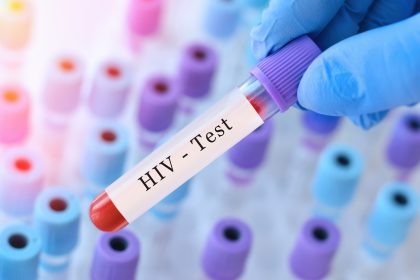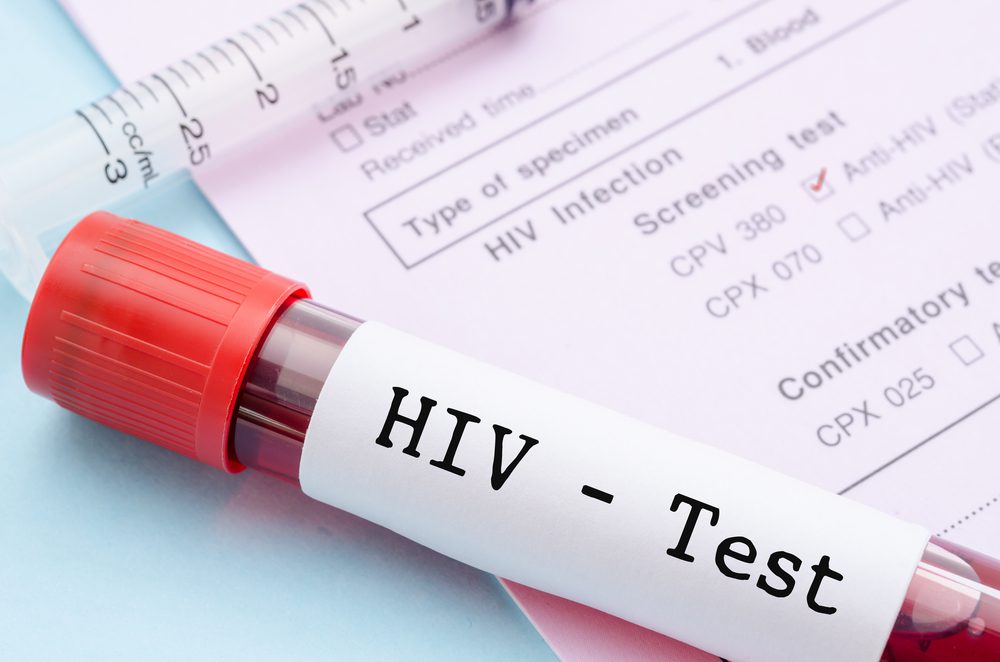Muscle loss can creep up faster than you think. Whether it’s due to injury, life changes or simply taking a break from working out, the body begins to change almost immediately when you stop using it. Understanding just how quickly muscle can disappear and how to prevent long-term loss is critical for anyone who values strength, mobility and overall wellness.
The beginning of muscle loss
Muscle doesn’t vanish overnight — but the process starts faster than most people realize. Inactive muscles start to weaken in as little as three days. For trained individuals, this might seem like a short hiccup, but studies show that after one week of complete inactivity, both muscle size and strength begin to decline measurably.
For those who are used to an active lifestyle, the loss can feel both physical and emotional. The body that once moved with power and confidence can start to feel sluggish. Even short periods of disuse can trigger a noticeable dip in performance, especially if the break is combined with poor nutrition or disrupted sleep.
What happens during muscle atrophy
Atrophy is the scientific term for muscle wasting. It’s your body’s way of reallocating resources when it assumes you no longer need them. Think of muscle as a “use it or lose it” system. Without consistent stimulation through movement and resistance, the body breaks down muscle proteins to fuel other systems.
Within two to three weeks of inactivity, athletes can lose up to 10% of their muscle mass. For the average person, it can take longer, but the loss is still inevitable. The initial losses are often neurological — the nervous system becomes less efficient at activating muscle fibers. Later, the muscles themselves begin to shrink.
Timeline of muscle loss
While rates of loss vary based on age, fitness level and genetics, a general timeline has emerged from medical and sports science research:
- First 72 hours: Strength begins to decrease due to reduced neurological activity
- 1 week: Endurance fades faster than strength. Athletes report performance decline
- 2-3 weeks: Noticeable muscle size and strength reduction
- 4 weeks and beyond: Muscle loss becomes more visible. Fatigue increases. Daily tasks feel harder
One overlooked factor is that muscle loss doesn’t just affect appearance — it affects metabolism. Muscle is metabolically active tissue, and losing it can slow your body’s ability to burn calories. That means you might gain fat while losing muscle, especially if your diet remains unchanged.
Who faces the highest risk
Certain populations are especially vulnerable to rapid muscle loss. Older adults, for example, can lose strength twice as fast as younger individuals during inactivity. This condition, known as sarcopenia, is a major contributor to falls, frailty and hospitalization in aging adults.
People recovering from surgery or injury are also at high risk. In hospital settings, just 10 days of bed rest can significantly reduce leg muscle mass in otherwise healthy individuals. Even astronauts — whose muscles aren’t working against gravity in space — are studied intensively to understand muscle deterioration and how to counteract it.
The emotional impact of muscle loss
The physical changes are only half the story. Losing muscle can be deeply discouraging, especially for people who have worked hard to build it. There’s a sense of regression, of watching your progress slip through your fingers. Clothes might fit differently, energy levels may plummet and confidence can take a hit.
The psychological effect is amplified when the muscle loss comes from an involuntary break — like injury or illness. Feeling powerless over your body can lead to frustration, sadness or even anxiety. The key is to remember that while muscle can be lost quickly, it can also be regained.
Recovery and muscle memory
Here’s the good news: muscle memory is real. Once you’ve built muscle, your body retains a cellular “blueprint” that makes it easier to rebuild. This is why athletes who take breaks often bounce back faster than beginners.
Recovery depends on how long you’ve been inactive. If it’s been less than two weeks, a return to your regular routine may be all you need. For longer breaks, you’ll need a gradual reintroduction to avoid injury. Focus on the basics — form, consistency and progressive overload.
Resistance training remains the most effective way to regain lost muscle. Pair that with sufficient protein intake, sleep and hydration, and your recovery will be smoother. Remember: it’s not about how fast you bounce back — it’s about building momentum.
Nutrition during inactivity
When you stop working out, your appetite might decrease — but that doesn’t mean your nutritional needs disappear. In fact, protein becomes even more important during inactivity. It can help slow muscle loss and support recovery when you’re ready to return.
Key strategies include prioritizing lean protein sources (chicken, fish, tofu, legumes), staying hydrated to support cellular function and including resistance-based movements like bodyweight squats or band work if bed-bound.
Incorporating these habits ensures your muscles have the support they need — even during a pause in activity.
Preventing long-term damage
Sometimes taking a break is unavoidable. But how you handle that break can determine whether it sets you back a little — or a lot. Here are strategies to reduce the impact:
Active rest: Walking, stretching or light yoga can help maintain circulation and mobility.
Isometric exercises: Even holding muscle contractions without movement can stimulate the muscle.
Nutrition tracking: Be mindful of what you eat. It’s easier to maintain than to fix damage later.
If your break is due to injury or illness, working with a physical therapist can provide tailored guidance. Healthcare professionals can help you preserve muscle while also protecting the affected area.
A lifelong commitment to muscle health
Just like brushing your teeth or eating balanced meals, keeping your muscles strong is a daily decision. Muscles aren’t just about looking fit — they power everything from walking to lifting to breathing. Neglecting them can have serious long-term effects on independence and quality of life.
Building habits that support muscular health should start early and continue consistently. This includes strength training at least twice a week, daily movement and rest periods that don’t completely eliminate activity.
Your muscles are resilient
Losing muscle happens faster than most expect — but it isn’t the end of the story. Whether your break from movement is planned or unintentional, what matters is how you respond. Muscle is one of the most resilient tissues in the body. It adapts, rebounds and strengthens with consistent effort.
By staying informed and intentional, you can protect your body, preserve your energy and maintain confidence. The moment you start using your muscles again, they’ll respond — and so will your whole life .














